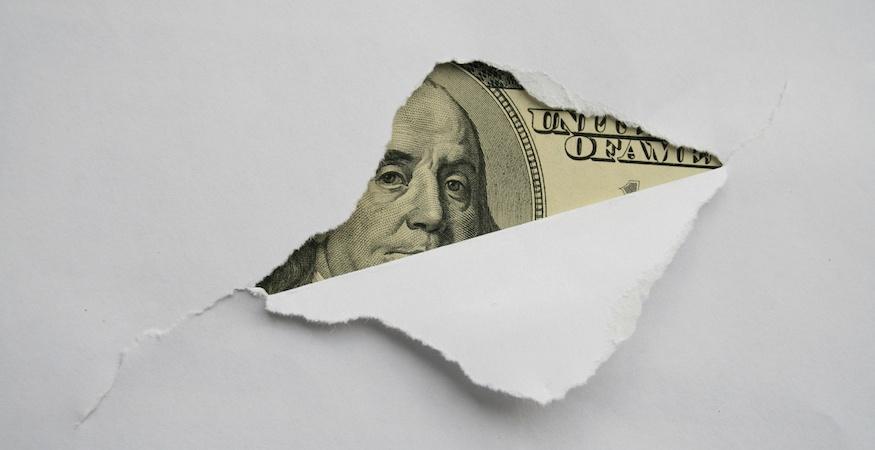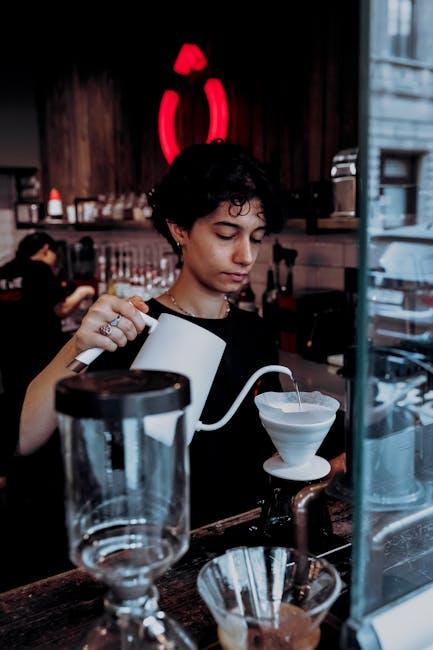In an era where clean air has become a scarce commodity in urban landscapes, the importance of efficient air filtration systems cannot be overstated. As we navigate the myriad choices for maintaining the quality of our indoor environments, a crucial consideration looms: the cost of filter replacements. What initially appears as a minor expense can accumulate significantly over time, raising questions about sustainability, efficiency, and long-term financial implications. In this article, we will embark on a journey through the world of air filters, dissecting the various types, their associated costs, and the long-term financial impact of investing in cleaner air. Join us as we uncover the hidden expenses and benefits of air filtration, ultimately revealing the true price of fresh, breathable air.
Evaluating the Initial Investment in Air Filter Quality
When considering investment into air filters, it’s essential to assess the quality of materials used and the technology behind them. Higher-quality air filters often come with an upfront cost that may seem daunting compared to their cheaper counterparts. However, these filters typically offer better efficiency and longer lifespan, reducing the frequency of replacements. Investing in top-tier filters can lead to significant savings over time, making it vital to weigh the initial expenditure against long-term benefits.
Furthermore, the type of air filter you choose can directly affect your indoor air quality and, consequently, your health. A quality air filter can trap finer particles, including allergens and pollutants, which lower the risk of respiratory issues and provide a safer environment. When analyzing costs, consider:
- Performance ratings: Higher MERV ratings indicate better filtration capabilities.
- Longevity: Premium filters often last longer, requiring fewer replacements.
- Efficiency: A quality filter can help your HVAC system run more efficiently, saving on energy costs.
| Filter Type | Initial Cost | Lifespan (Months) | MERV Rating |
|---|---|---|---|
| Basic Fiberglass | $5 | 1 | 1-4 |
| Mid-Grade Pleated | $15 | 3 | 5-10 |
| HEPA Filter | $50 | 6 | 13-16 |
By evaluating these factors and understanding the relationship between cost and performance, you can make informed decisions that enhance your air quality while optimizing your expenses in the long run. The upfront investment in high-quality air filters may pay dividends in both health benefits and financial savings.

Understanding the Hidden Costs of Frequent Filter Changes
When considering the cost of maintaining clean air, it’s essential to look beyond the sticker price of a filter. Frequent filter changes can incur several hidden costs that add up over time. First, there are the financial aspects associated with purchasing filters more often than necessary. Each replacement filter represents not just a direct expense, but also an opportunity cost; the money spent on filters could be invested elsewhere. Furthermore, the labor involved in changing filters—whether it’s the time spent by homeowners or costs incurred if hiring a professional—shouldn’t be underestimated. This time spent is valuable, and can lead to lost productivity or leisure time that could otherwise be enjoyed.
Additionally, the environmental impact of frequent filter replacements can also define hidden costs. Each used filter has to be disposed of, contributing to waste accumulation and potentially affecting our planet’s health. The manufacturing process of filters, often overlooked, requires energy and resources, increasing carbon footprints with each replacement. A focus on longevity and efficiency in filter selection could reduce the volume of waste and the demand for new materials, promoting sustainability. To put this in perspective, consider the following table:
| Factor | Cost of Frequent Changes | Long-Term Solution |
|---|---|---|
| Filter Costs | Higher | Lower |
| Labor/Time | Increased | Decreased |
| Waste Management | More Waste | Less Waste |
| Environmental Impact | Negative | Positive |

Long-Term Savings: Analyzing Maintenance and Efficiency
When evaluating the financial implications of filter replacement, it’s crucial to consider not only the upfront costs but also the long-term savings derived from improved maintenance and energy efficiency. Regularly replacing air filters can significantly enhance the operational effectiveness of HVAC systems, leading to overlapping savings such as reduced energy bills and prolonged equipment lifespan. A well-maintained system often operates at optimal performance, diminishing wear and tear on machinery, thus preventing costly repairs in the future.
To better understand the impact of filter replacement on long-term finances, consider key factors that influence overall savings:
- Energy Consumption: Efficient filters allow for better airflow, which can reduce energy usage by up to 15%.
- Maintenance Frequency: Regular filter changes can decrease the need for system servicing by preventing dirt buildup.
- Health Benefits: Clean air results in fewer health-related expenses and improved worker productivity.
| Filter Type | Cost Estimate | Life Span (Months) | Potential Savings |
|---|---|---|---|
| Fiberglass | $10 – $15 | 1 – 3 | $20 – $30 |
| HEPA | $30 – $50 | 6 – 12 | $100 – $150 |
| Electrostatic | $15 – $30 | 2 – 5 | $50 – $75 |

Recommendations for Choosing the Right Filter for Your Budget
When selecting a filter that aligns with your financial plan, it’s crucial to evaluate several factors that can impact not just the immediate cost, but also the long-term benefits. Here are some key points to consider:
- Type of Filter: Different filters come with varying price tags. HEPA filters are often more expensive but provide superior air quality. Consider their longevity and efficiency over cheaper options.
- Replacement Frequency: Look at how often each filter needs replacement. A cheaper filter that requires frequent replacements can become costlier over time.
- Energy Efficiency: Some filters are designed to work more efficiently, often leading to lower energy bills. Evaluate how energy efficiency can complement your overall budget.
To visualize the potential long-term costs, consider this simple comparison of filter types:
| Filter Type | Initial Cost | Replacement Frequency (months) | Estimated Annual Cost |
|---|---|---|---|
| HEPA Filter | $40 | 6 | $80 |
| Standard Filter | $15 | 3 | $60 |
| Disposable Filter | $10 | 1 | $120 |
By weighing these factors and understanding the potential costs involved, you can make a more informed decision that suits both your immediate needs and future budgetary constraints. Balancing cost with air quality will lead to better outcomes for your health and finances.
Wrapping Up
In conclusion, navigating the landscape of filter replacement costs reveals more than just a price tag; it uncovers a deeper narrative about health, environment, and long-term investment in our well-being. While the immediate expense of filter replacements can vary significantly, considering the broader implications of air quality places these costs in a new light. Clean air isn’t merely a luxury; it is a fundamental pillar of a healthy life. As we weigh our options, we must ask ourselves: how much are we willing to invest in our health and the health of our surroundings? With a clearer understanding of the financial landscape and the potential risks and rewards, we can make informed choices that echo far beyond our wallets. Ultimately, the pursuit of clean air may just be one of the most worthwhile investments we can make for ourselves and for future generations.




